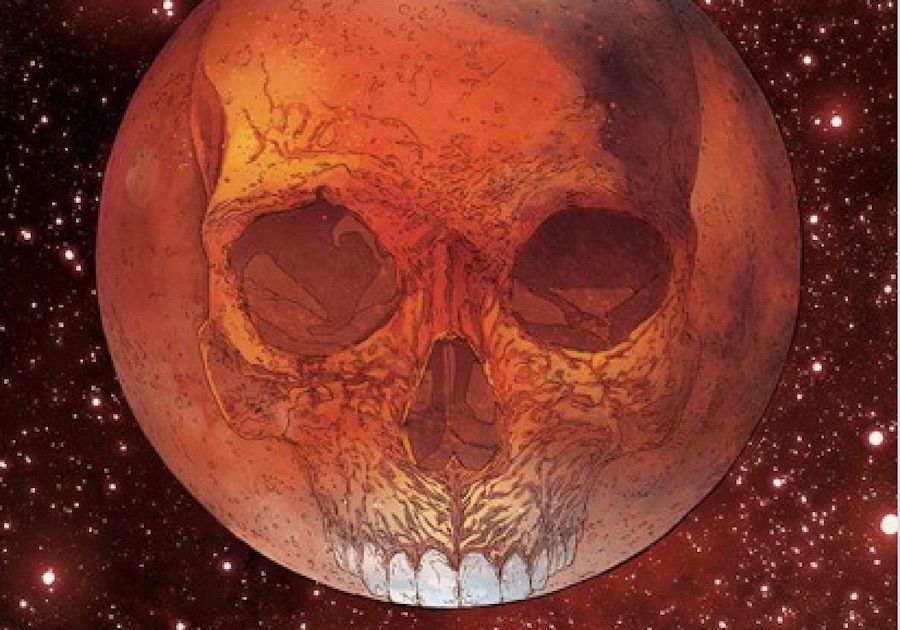
Mars is called the red planet, named for the Roman god of war, and has long been an omen appearing throughout the night sky.
That planet’s rusty red surface tells a story of destruction. Billions of years ago, the fourth planet from the sun could have been mistaken for Earth’s smaller twin, with liquid water on its surface and perhaps life.
That world is a cold, barren desert with few signs of liquid water. But after decades of study using orbiters, landers, and rovers, scientists have revealed Mars as a dynamic, windblown landscape that could harbor microbial life beneath its rusty surface even today. With a radius of 2,106 miles, Mars is the seventh-largest planet in our solar system.
Earth is now on its way to becoming an orange planet as most Americans would agree with the strange sight that will probably be for you and me due to forest fires and climate change. https://cimages.me/content/purple-haze
Our overheating planet is the place where humanity has yet to check the release of greenhouse gasses from the burning of coal, oil, and natural gas under control, where summer sea ice is almost sure to be a thing of the past in the fast-heating Arctic, where sea levels are rising ominously and fires, storms, and droughts are growing more severe by the year, there’s so much worse to come. https://cimages.me/content/SMOKE-GETS-IN-OUR-EYES
Stay tuned because the name orange planet has yet to be assigned. Most planets do not have nicknames referencing their color; only Mars - is red - and Earth - is blue... so far, for how much longer? www.farmersalmanac.com › visibleVisible Planets - When and Where to View
- Mercury. Mercury is the closest planet to the Sun in our Solar System. Because it is so close to the Sun, it is only observable in the early morning, just before sunrise, or at dusk.
- Venus. After the Moon, Venus is the brightest natural object in the night sky. It is both the Earth’s closest neighbor in our Solar System and the planet most similar to Earth in size, gravity, and composition.
- Mars. Mars is the fourth planet from the Sun in our Solar System. While it’s not our nearest neighbor (Venus takes that honor), or the brightest planet in the night sky (also Venus), it is perhaps the planet that most inspires our imagination.
- Jupiter. Jupiter is usually the third brightest object in the night sky, after the Moon and Venus (only Mars, our next-door neighbor, is occasionally brighter), and summer is an especially good time to view this bright behemoth.
Planets have the colors that they have because of what they are made of and how their surfaces or atmospheres reflect and absorb sunlight. Mercury has a dark gray, rocky surface which is covered with a thick layer of dust. The surface is thought to be made up of igneous silicate rocks and dust. Venus is entirely covered with a thick carbon dioxide atmosphere and sulphuric acid clouds which give it a light yellowish appearance. Earth shows its blue oceans and white clouds as well as its green and brownish land. Mars is covered with fine dust that contains iron oxide rust. This gives Mars its orange color. Jupiter is a giant gas planet with an outer atmosphere that is mostly hydrogen and helium with small amounts of water droplets, ice crystals, ammonia crystals, and other elements. Clouds of these elements create shades of white, orange, brown, and red. Saturn is also a giant gas planet with an outer atmosphere that is mostly hydrogen and helium. Its atmosphere has traces of ammonia, phosphine, water vapor, and hydrocarbons giving it a yellowish-brown color. Uranus is a gas planet that has a lot of methane gas mixed in with its mainly hydrogen and helium atmosphere. This methane gas gives Uranus a greenish-blue color Neptune also has some methane gas in its mainly hydrogen and helium atmosphere, giving it a bluish color.
Orange you glad we offered this science fiction and soon to become an alarming science fact warning?